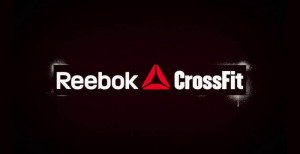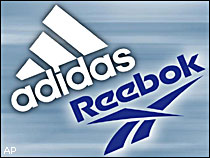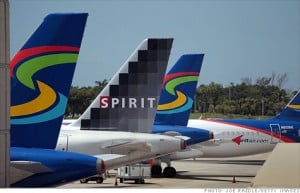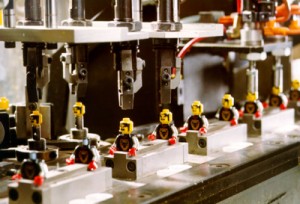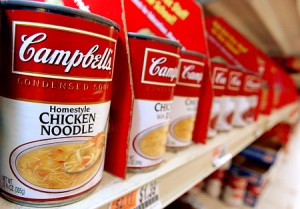 Campbell’s Soup Co. is the leading maker and marketer of soup. But for two straight years, the soup business was struggling, alerting the stakeholders about the possibility of its fate to collapse. However, this past year, Campbell has featured its new skillet sauces line in hopes that it can expand out the dinner segment in 2014. Denise Morrison, the president and chief executive officer explained that even though it is difficult to create new market segments, she is confident that Campbell’s Skillet Sauces is a “break-through” concept that has a “high potential for reward.” As a result, Campbell Soup Co. has seen the U.S soup business stabilize after the sales dramatically increased by 14%.
Campbell’s Soup Co. is the leading maker and marketer of soup. But for two straight years, the soup business was struggling, alerting the stakeholders about the possibility of its fate to collapse. However, this past year, Campbell has featured its new skillet sauces line in hopes that it can expand out the dinner segment in 2014. Denise Morrison, the president and chief executive officer explained that even though it is difficult to create new market segments, she is confident that Campbell’s Skillet Sauces is a “break-through” concept that has a “high potential for reward.” As a result, Campbell Soup Co. has seen the U.S soup business stabilize after the sales dramatically increased by 14%.
Campbell is currently collaborating with its customer base to create an entirely new category of “unique, convenient and versatile” dinner sauces, while experimenting with existing soups to improve taste. This would be an example of product design. Furthermore, Campbell took the process a step further and came up with an innovated product featuring soup in pouches that attract younger and more affluent consumers. Campbell’s competitive advantage over its competitors is its brand name which consumers keep coming back for more. The soup giant has built its brand name upon its Simple Meals platform featuring the popular Go Soup. In addition to the new dinner sauces, Campbell has announced it would be launching the Campbell’s Slow Cooker Sauces.
Despite its recent success, Campbell faced a problem with the product’s location placement and shelving; but the company said it has found the best way to shelve. However, Campbell continues to struggle in two categories which are U.S. beverages and North America Food service. The self stable juice category sales have been declining due to overwhelming competition against Campbell’s V8 V-Fusion line and decreasing demand from restaurants. Ms. Morrison proposed a solution to this dilemma, by planning to apply the exact business model for its soup business to its beverage business. The plan consists of improving the taste of its existing vegetable juice while adding new products such as V8 energy drinks to attract a more diverse consumer base.
Most importantly, Campbell’s optimistic future is emphasized on management’s attention to the basics and expansion in faster-growing segments. For example, the V8 is considered a strong brand with high benefits such as promoting health, so Campbell’s management team is figuring out ways to improve its product. Campbell has invested in a new manufacturing line to increase the capacity of creating fresh soup to tackle the issue of structural changes in the food service sector. Campbell’s simple business strategy which is to keep costs low while improving its quality has proven to be successful in achieving its short term goals as well as laying a foundation for its long term goals.
If you have ever bought a Campbell product or is an avid consumer of Campbell, what made you choose their products?
Do you think that Campbell’s expansion of new products will maintain or increase its sales and revenue?
Sources:
http://online.wsj.com/article/SB10001424127887324102604578494890895484784.html
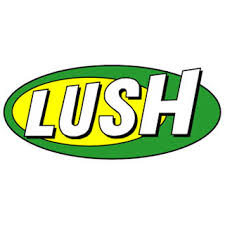
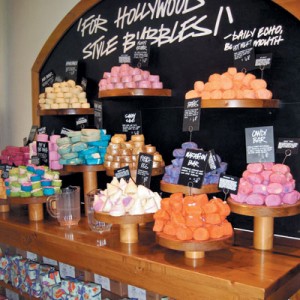 By introducing this new operational infrastructure of the company, Lush has been able to get creative in being resourceful in the companies shipping process. All of Lush’smanufacturing factories are over in Europe. This would essentially mean that shipment is not cheap and very wasteful. Instead of allowing this waste to be created, Lush took it upon them selves to find cheaper and lighter ways to fly products overseas. Most of their soaps aren’t individually packaged allowing them to ship more for a lower cost. This reduces the use of extra waste and in my opinion is the best way to ship a fairly durable mass quantity of product.
By introducing this new operational infrastructure of the company, Lush has been able to get creative in being resourceful in the companies shipping process. All of Lush’smanufacturing factories are over in Europe. This would essentially mean that shipment is not cheap and very wasteful. Instead of allowing this waste to be created, Lush took it upon them selves to find cheaper and lighter ways to fly products overseas. Most of their soaps aren’t individually packaged allowing them to ship more for a lower cost. This reduces the use of extra waste and in my opinion is the best way to ship a fairly durable mass quantity of product. to the environment. The company uses the CloudApps to decide what employees get specific bonuses based on how much they are recycle and energy consumption. It is shocking how one little change can help a company produce a number of healthier environments. They have shaped the work environment of the company as well as taken ethical actions in producing a healthier global environment.
to the environment. The company uses the CloudApps to decide what employees get specific bonuses based on how much they are recycle and energy consumption. It is shocking how one little change can help a company produce a number of healthier environments. They have shaped the work environment of the company as well as taken ethical actions in producing a healthier global environment.
 Almost 2,000 fans booked this rock n’ roll cruise, with most of them being first time cruisers, says company spokeswoman, Godja Soennichsen. The goal of this cruise was not only to generate income to make up for the recent loss, but also to gain publicity and counter the negative press. Managers also wanted to reach a demographic that may have previously never considered a cruise.
Almost 2,000 fans booked this rock n’ roll cruise, with most of them being first time cruisers, says company spokeswoman, Godja Soennichsen. The goal of this cruise was not only to generate income to make up for the recent loss, but also to gain publicity and counter the negative press. Managers also wanted to reach a demographic that may have previously never considered a cruise.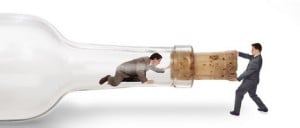


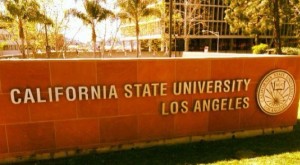



 Once this project gets finished, the benefits will show. With the new track system, the South Side Red Line Branch will be able to increase speeds from 15 mph to 55 mph, make a downtown commute to 95th/Dan Ryan 20 minutes shorter, and make the Red Line in general have a much smoother commute as well. This process can clearly create efficiency for the Red Line as well as the other CTA trains.
Once this project gets finished, the benefits will show. With the new track system, the South Side Red Line Branch will be able to increase speeds from 15 mph to 55 mph, make a downtown commute to 95th/Dan Ryan 20 minutes shorter, and make the Red Line in general have a much smoother commute as well. This process can clearly create efficiency for the Red Line as well as the other CTA trains.